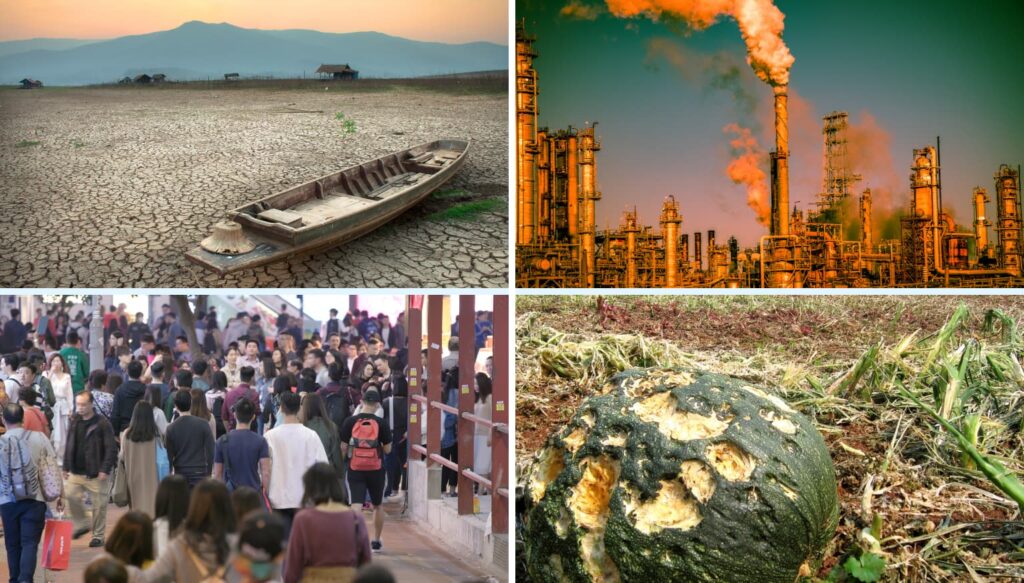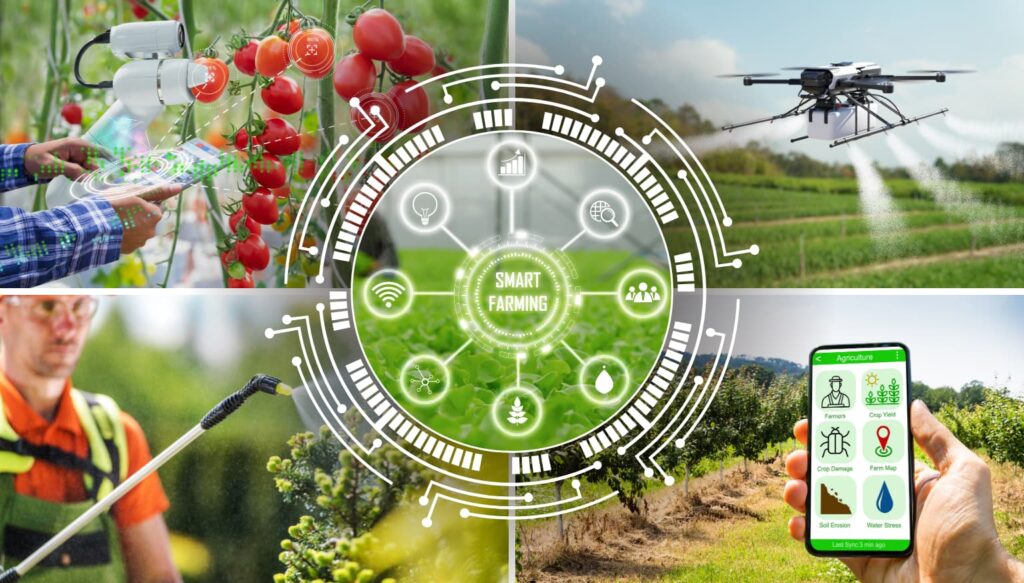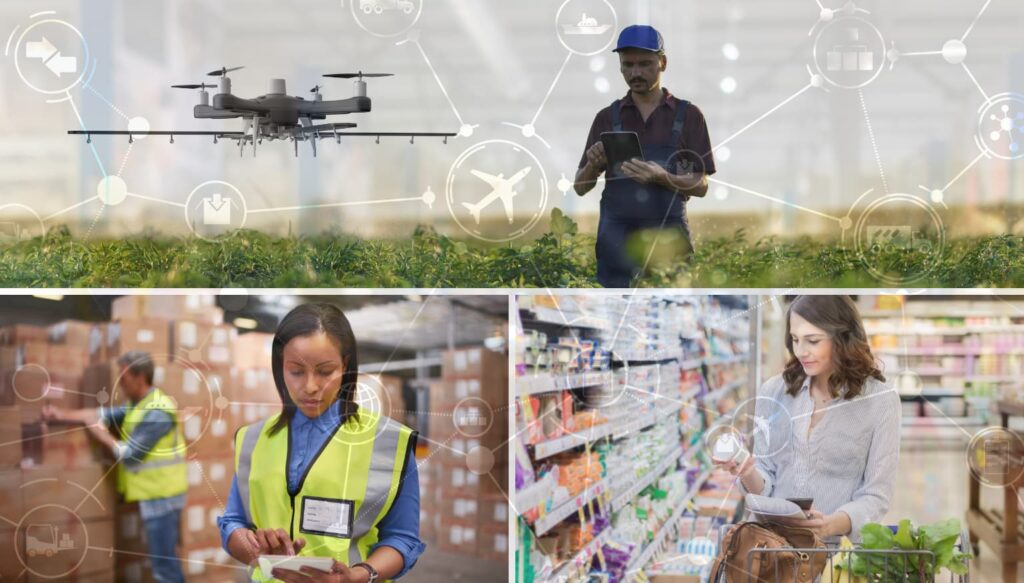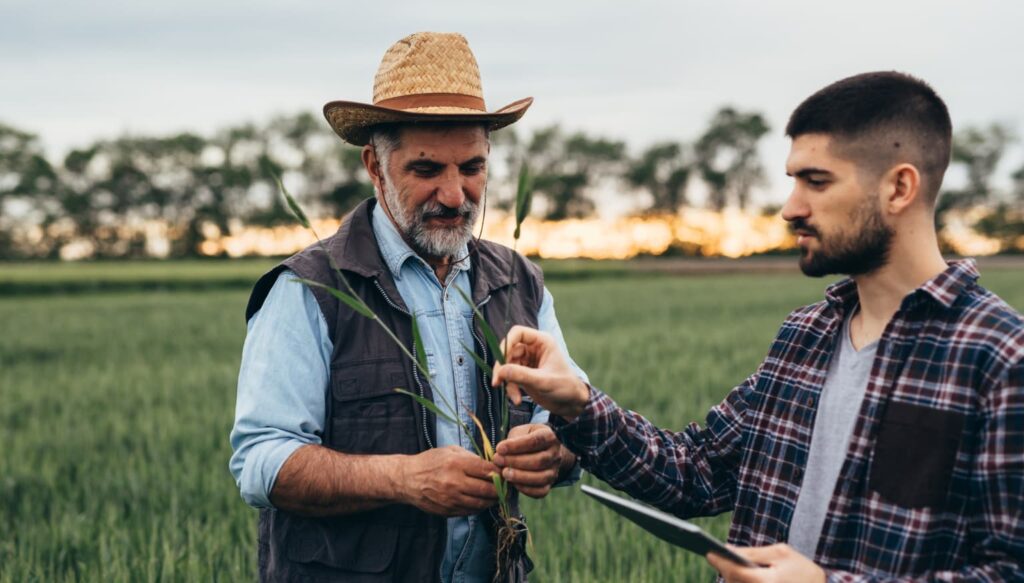While many people have a good idea of where their next meal is coming from, just as many people worldwide do not. If you fall into the first category, you’re a person who experiences food security; you have little to no indications that nutritionally sound food will not be readily and regularly available and economically accessible to you.
Having a secure global food supply is crucial because, at the most basic level, humans need nourishment to stay alive. That said, many economic benefits come from maintaining the global food supply, including
- Opening more trade opportunities
- Fostering economic growth
- Contributing to the stability of modern society.
Although food security is essential to maintaining the human race as we know it, the world still faces challenges in ensuring everyone experiences it. From seemingly insurmountable natural problems, like climate change and population growth, to location-dependent resource constraints and economic disparities caused by political issues, it’s important to be aware and knowledgeable of the food security challenges the world is facing and figure out how to tackle them.
Understanding the Challenges

Because agriculture is a weather-sensitive practice, it is heavily responsive to climate change. While climate change may improve growing conditions in some places, it has undoubtedly worsened them in many others.
Air pollution can damage crops, and longer or hotter growing seasons can change irrigation needs and deplete the water supply. Droughts can also cause soil erosion, so much so that the U.N. believes that up to 40% of the world’s land is already degraded. Variations in temperature and precipitation can lead to wildfires, affect pollination, and attract more insects and weeds that require weed and pest control substances.
These changes alone can lead to economic and food access disparities among countries, and that’s to say nothing of the political battles that continue to exacerbate the issue.
Even more challenging is that the world’s population has already reached eight billion, and experts at the U.N. expect it to continue growing, reaching a critical milestone of 9.7 billion by 2050. More people mean an increased demand for food and greater strain on an already-dwindling global food supply.
Leveraging Technology for Agricultural Innovation

Fortunately, for every challenge to worldwide food security, there are people working on agricultural innovations to overcome them.
Precision agriculture, which uses technology to manage different parts of a crop field separately, can optimize resource utilization and stop the overuse of chemicals (which can degrade soil) and depletion of water sources.
Additionally, drones and satellites provide farmers with aerial imagery, which helps them detect water and nutrient issues, detect pests, plan crops and irrigation needs, and predict yields and harvest timing.
Furthermore, genetic engineering and biotechnology yield more nutritious foods with longer shelf lives and reduce the use of pesticides and the depletion of natural resources like water and fertilizer.
Revolutionizing Supply Chain Management

Technology is also used throughout the supply chain to increase food security. Internet of Things (IoT) and blockchain technologies prevent suppliers from altering records, giving farmers and transporters visibility into supply chain issues and the ability to accurately trace products from their origin to the consumer’s plate. That prevents fraud, decreases contamination, and ensures food safety and quality.
In addition, cold chain logistics are enhancing food preservation by facilitating the long-distance transportation of perishable, temperature-sensitive goods through refrigerated packaging and robust cold storage and processing solutions. As a result, the shelf lives of perishable food are being extended, thereby reducing food waste and securing the global food supply.
Finally, many large multinational corporations are experimenting with sustainable packaging through the use of eco-friendly materials, as well as promoting recycling initiatives, all of which go a long way in minimizing a business’s carbon footprint throughout the supply chain, contributing to overall environmental stability.
Policy and Governance in Ensuring Food Security

Although technology can do a lot to increase food security around the globe, farmers and business owners will need help from the world’s governments to create a more stable food supply for the future, such as by providing more subsidies and financial incentives for farmers to adopt sustainable practices.
To that end, governments can offer greater support to smaller farmers and rural communities, which can promote agroecological approaches to farming that create a sustainable relationship between people and the environment, thereby enhancing the resilience of the food supply.
It’s also important for governments, farmers, and agricultural businesses to work together to educate consumers and make them aware of global food supply issues. That includes familiarizing them with the benefits of eating sustainably and empowering them to advocate for food system reform through their buying habits and political choices, and speaking out about these issues.
Global Food Security Requires All Hands-on Deck

Ultimately, everyone must realize they have a part to play in securing the global food supply and ensuring populations don’t go hungry.
Farmers, corporations, and supply chain businesses must take proactive approaches by using technology to enhance their practices; government officials must put laws and regulations in place for the long-term protection of the environment and food supply, and consumers must make a promise to themselves and others that they will do what they can to make food insecurity a thing of the past.
Pramod Sajja, CEO & President at Paramount Software Solutions (farmtoplate.io).
